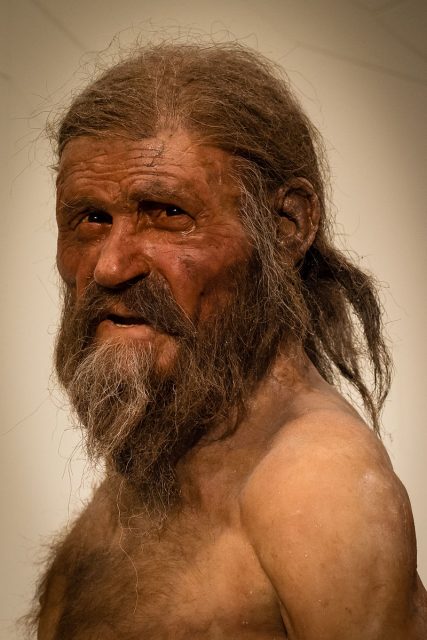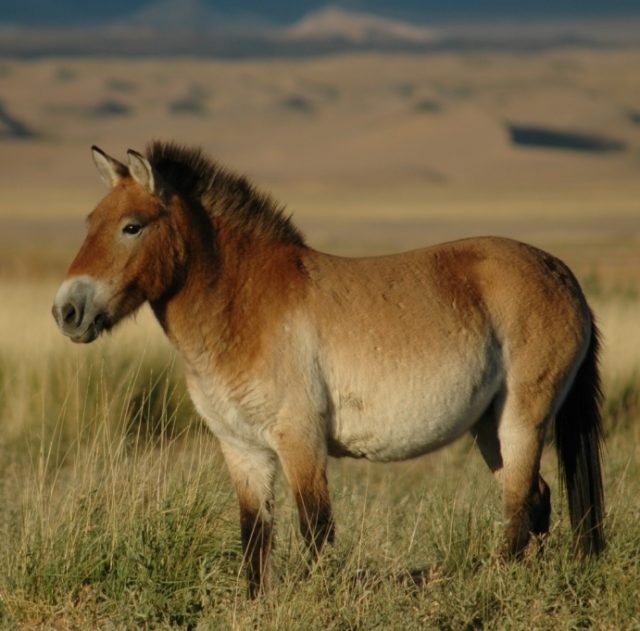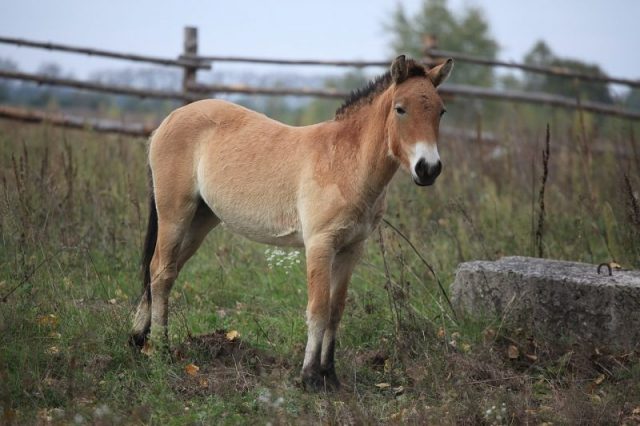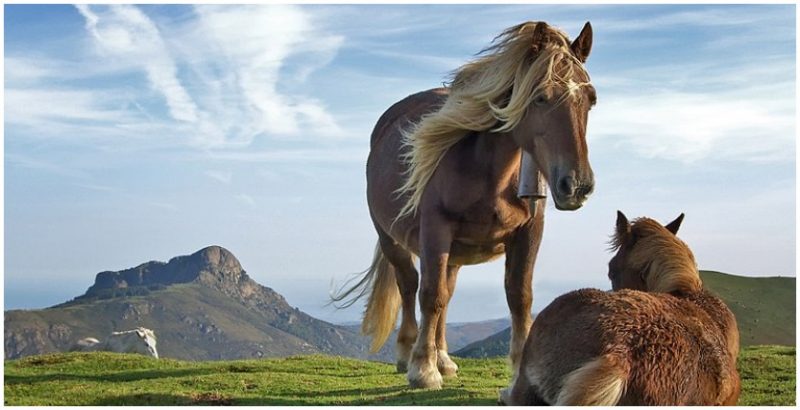Scientists who specialize in sequencing and analyzing ancient DNA have formidable obstacles to overcome; among them the deterioration and contamination that is to be expected in bones and teeth over thousands of years. It helps if the specimen is mummified and found in ice, such as Otzi the Iceman, who is estimated to have lived between 3400 and 3100 BC.
But no DNA discovery has come close to the record set with the 2003 discovery of a frozen horse in the ancient permafrost of the Yukon in Canada, not far from the Alaska border.
Using a new combination of techniques, scientists were able to sequence its genome and date the remains of the horse to 700,000 years ago. It took years of effort because the the DNA was heavily degraded and the bone itself had adopted some microbial residents with their own DNA.

The scientists’ results were published in 2013 in the journal Nature.
According to history.com, “The five-inch hind-toe bone fragment that the team used to decipher the ancient horse’s genetic code was unearthed in the Thistle Creek region of the Yukon’s Klondike gold mines. Because the fossil bone was preserved in permafrost, the horse’s DNA remained very cold and very dry, which slowed the disintegration process that usually begins immediately after death.”
The main reason scientists took so long is that much of the fossil was contaminated by much more current bacteria: For every 200 DNA molecules sequenced, only one was actually from the Thistle Creek horse, according to researchers.

“We knew that sequencing ancient genomes as old as 70,000 to 80,000 years old was possible,” said Ludovic Orlando, an evolutionary geneticist with the Natural History Museum of Denmark at the University of Copenhagen, in an interview.” So we said, why not try even further back in time?”
Orlando and colleagues were able to piece together the DNA from a horse they know was male. Their work helped them determine that the Equus lineage — which includes not only the modern horses but also zebras and donkeys — arose 4 to 4.5 million years ago, or about 2 million years earlier than previously thought, said National Geographic.

The horse was found because another evolutionary biologist of the University of Copenhagen joined a team of geologists on a 2003 expedition to the Yukon. While exploring a site that contained ice and volcanic ash, the scientist spotted a piece of bone sticking out of the frozen ground and decided to take it back for sampling.
Previous to the Thistle Creek horse analysis, the oldest genome ever sequenced was that of a 120,000-year-old polar bear. Scientists theorize that the 700,000-year-old horse was about the same size as a modern-day Arabian horse.

Otzi the Iceman is a comparative youngster to the Thistle Creek Horse. He was discovered by hikers on the Alps on the Austrian-Italian border in 1991. The find was at an elevation of 10,500 feet. At first the hikers thought they’d found the corpse of a lost mountain climber. Scientists eventually confirmed that Otzi perished thousands of years ago in the Late Neolithic era, at about the same time as the invention of the wheel.
Read another story from us: Ready to Flee the Volcano – Rare Harnessed Horse Found in Pompeii Ruins
Jurassic Park aside, studies of ancient DNA suggest that sequences older than 1.5 million years will be too short to be readable. Right now it seems impossible that DNA will be recovered from dinosaurs, since they disappeared 65 million years ago, except for the lineage that leads to modern birds.
